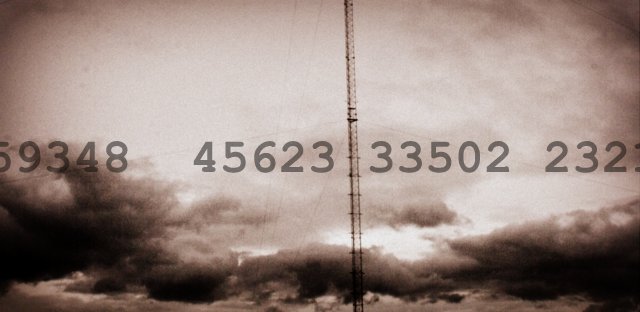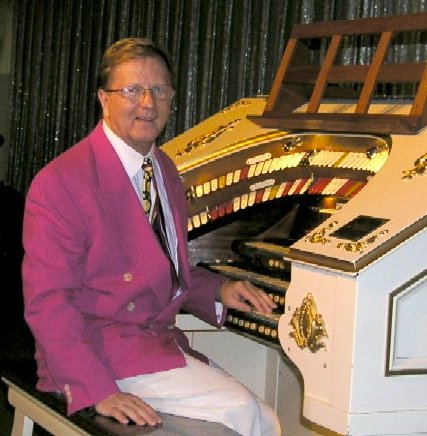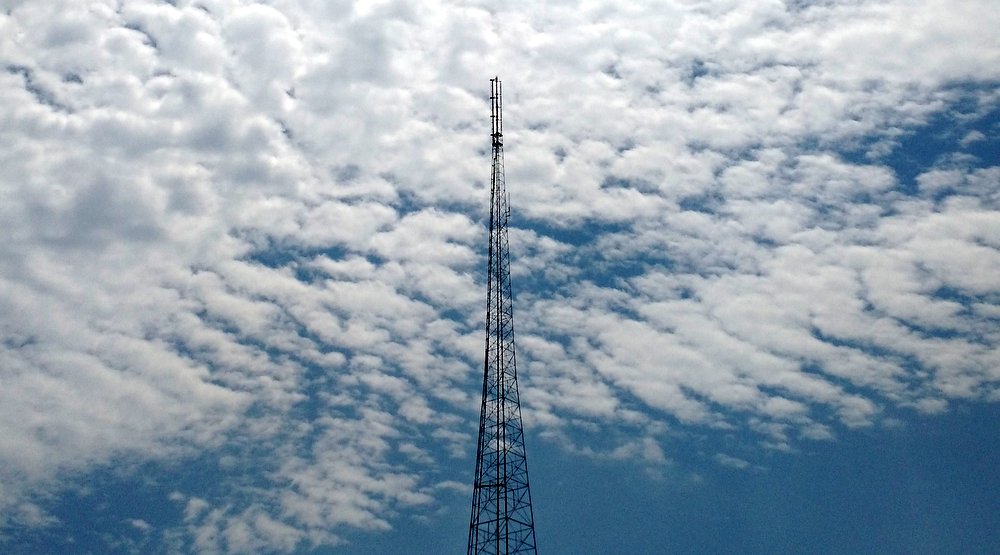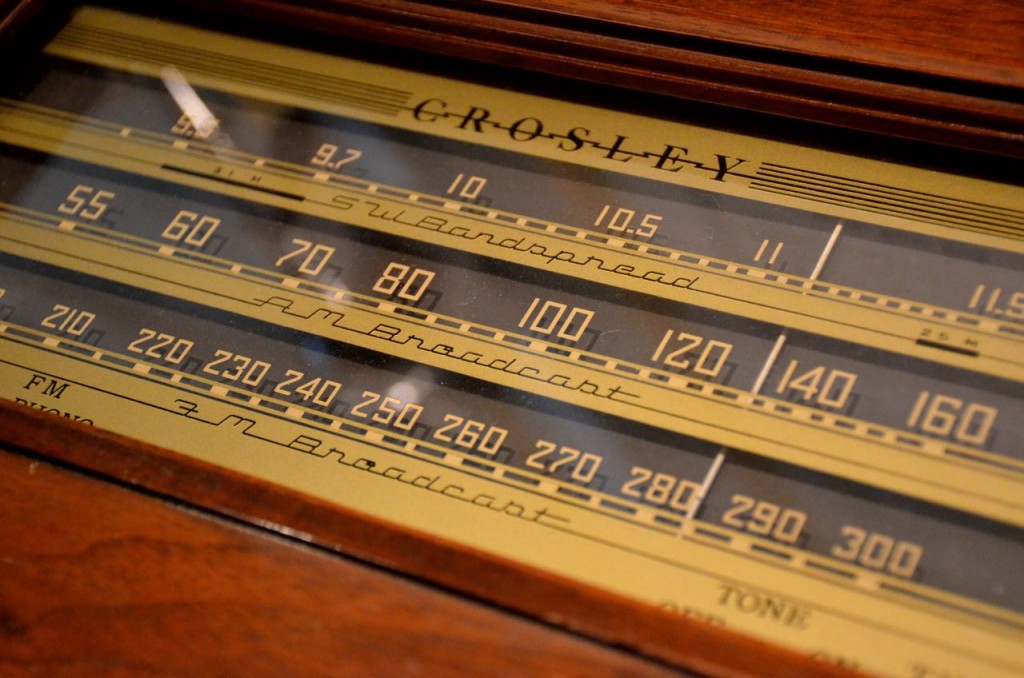 (Source: Southgate ARC)
(Source: Southgate ARC)
GigaParts opens new distribution center in Las Vegas
After Amateur Electronic Supply went out of business in July, GigaParts began hiring the AES staff in Las Vegas and working on moving the operation to a new location less than 5 minutes from the famous Las Vegas Strip and just 3 miles from the former AES building.
Although the retail showroom won’t be ready for visitors for another few months, starting today, the Las Vegas store becomes the primary distribution center for GigaParts shipments to the western half of the US. That means fast, affordable shipping to the huge population of hams in California and other western states, without sales tax!
Former AES customers will see some familiar faces at GigaParts Las Vegas, including AES’s former shipping manager, Terry Spaulding, and store manager, Julio Suarez. “I’m excited to be back and I’m looking forward to helping all of my old friends again,” said Julio. “AES was iconic in ham radio and it was sad to see it die off, but we have an opportunity with GigaParts to do things better than we ever could before,” he continued.
In addition to the new and improved facility, another improvement over the AES business model will be a single toll free number for customers wishing to place orders by telephone: (866) 535-4442. Sue Stephens, Customer Service Manager for GigaParts: “Technology has come a long way in the 70 years since AES first opened. Our state-of-the-art call center in Huntsville handles calls and online chats from all over the world. The guys in Las Vegas are going to be a huge asset to us by helping with employee training, adding new product lines and even backing up our reps on the phones during peak call times.”
Jeff Sinclair, the e-Commerce Division Manager at GigaParts, states, “This is a significant move forward for GigaParts as we continue to expand our distribution capabilities in North America. The new facility in Las Vegas doesn’t just mean faster shipping to our west coast customers, but the employees there add decades of experience in customer service and ham radio product knowledge.”
Initially, the Las Vegas store will carry the complete lines of amateur radio and maker equipment with more product lines being added later. Understanding that hams come to Las Vegas from all over the country and all over the world, GigaParts plans on making the retail showroom more of an interactive showcase of the latest equipment rather than a self-service shopping experience common amongst other amateur radio outlets. Today, GigaParts Las Vegas is stocked with ham radio gear and is ready to fill your order! To welcome AES customers, GigaParts is offering a $25 gift certificate to every former AES customer.





